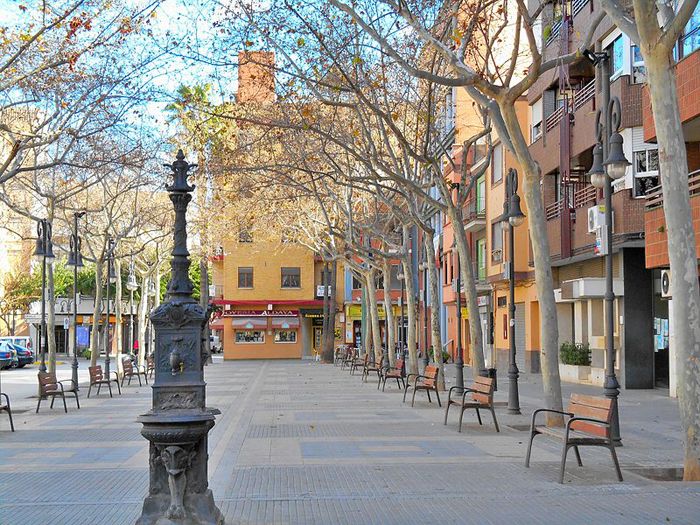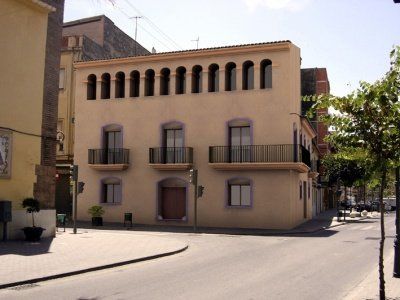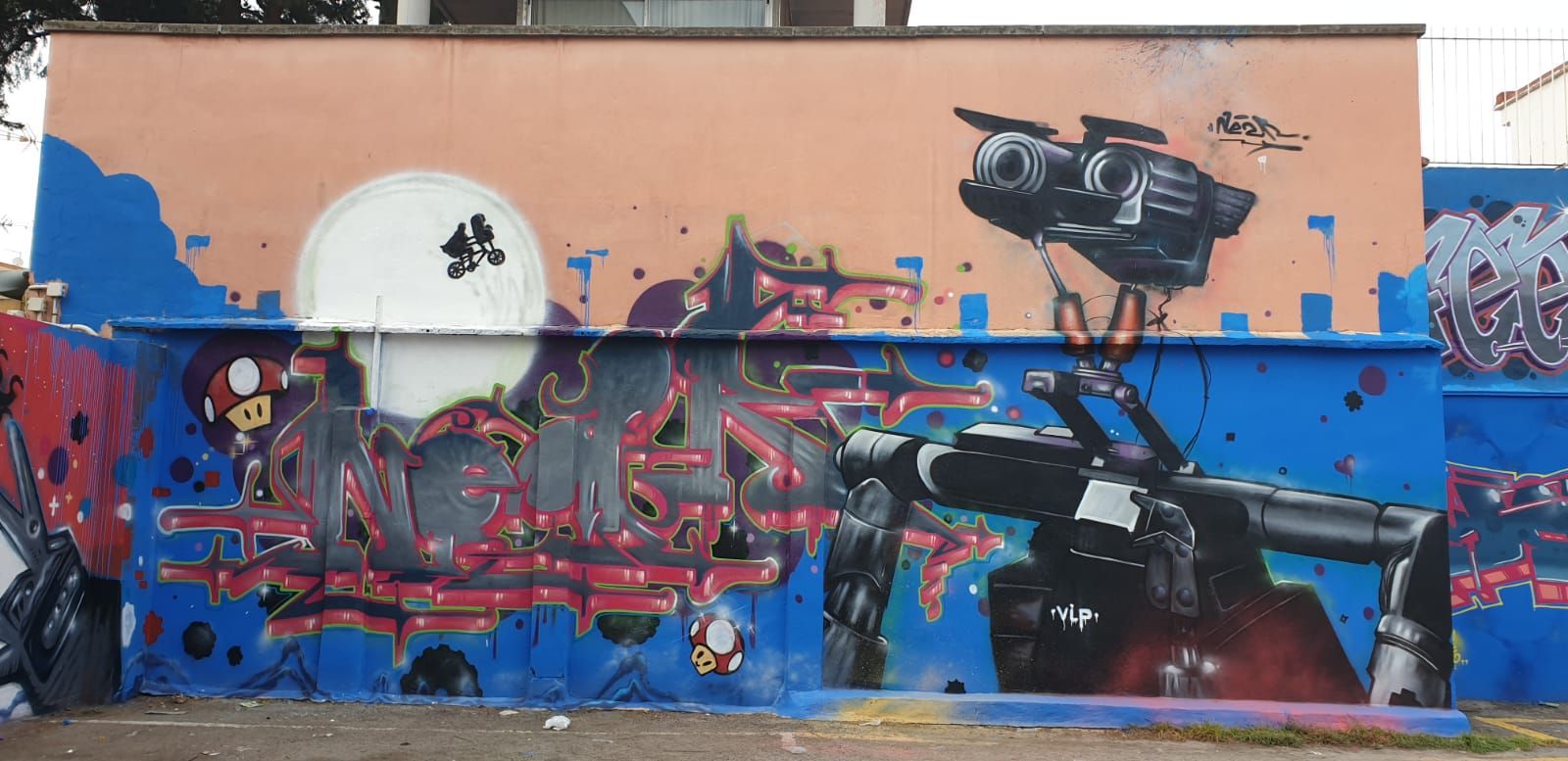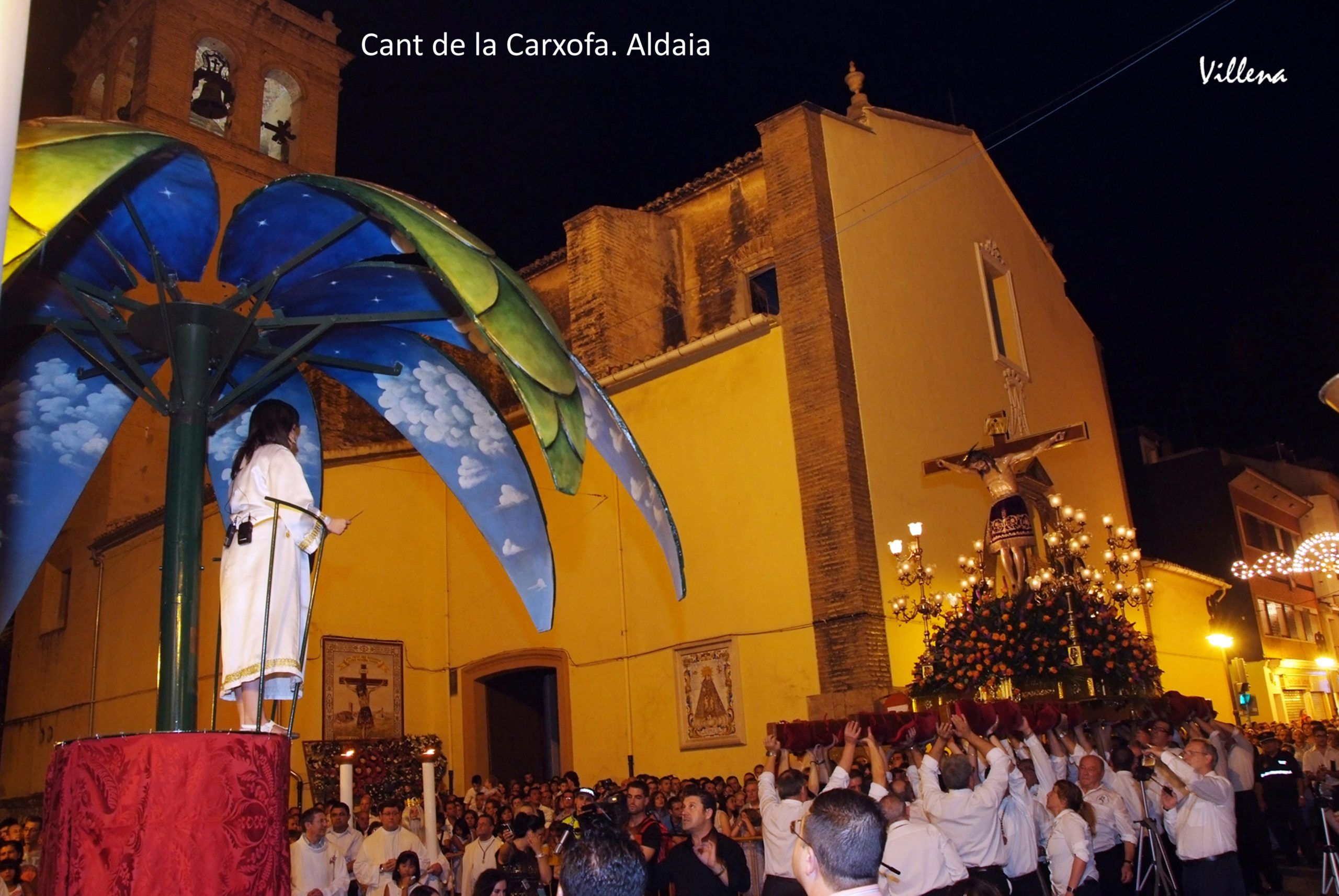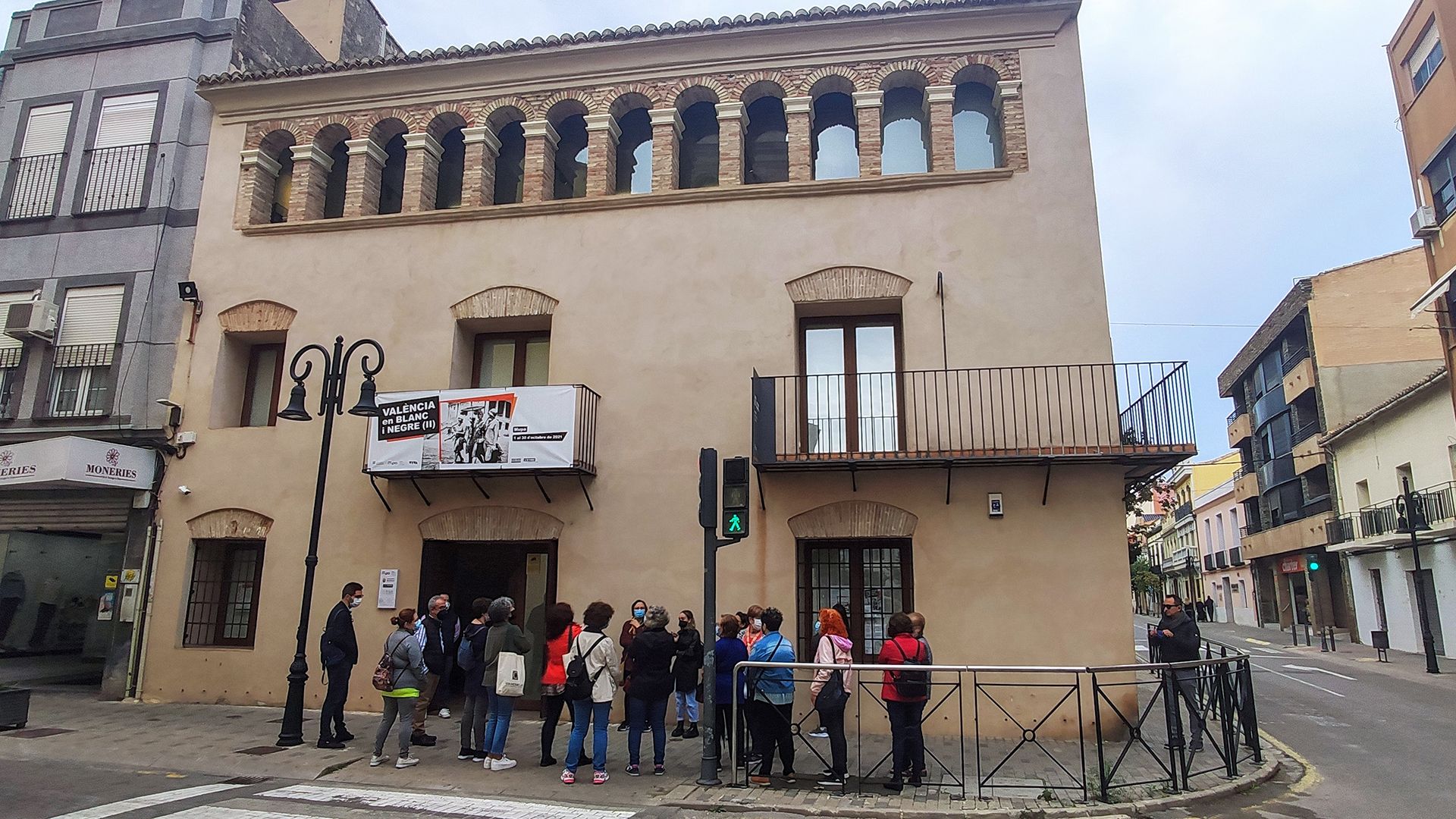Aldaia
The municipality of Aldaia is located in the western metropolitan area of Valencia. The Madrid-Valencia railway crosses part of the village, which lies very near Alaquàs. It has a population of about 30,000 inhabitants and is located 8 km from Valencia.
Gastronomy:
“Orelletes”, soup, “tomaca”, peppers with tuna.
Places of interest:
– Parish Church of the Annunciation (Església parroquial de l’Anunciació) built in the late 15th century, with reforms, additions and subsequent decorations (especially during the 18th century, in Churrigueresque style) that do not quite hide the Gothic traits of the original temple, especially the ribs of the main nave. The latter is 16 meters long, 15 metres high and 9 metres wide. The Communion Chapel dates from the 19th century. In the Hermitage of Saint Stephen there was a triptych created by the Renaissance painter Brother Nicolas Borras, a monk of the Monastery of Saint Jerome of Cotalba.
– Cistern: a 14th century construction, used for supplying water to Quart de Poblet. It was supplied with water by the Banáger irrigation canal and it was filled in January, when the water was at its coldest. It had two parts: the stairs leading to the fountain where water is collected, and the cistern where it is stored. It was finally closed in 1960. It was formerly located in Calle de la Pilota, and now is to be found in the new town hall building.
– “Casa de la Llotgeta”: dating from 16th century and located opposite the Church of the Annunciation, it was owned by the Counts of Nules and is an example of civil architecture of the period. Features include the arches of the façade. It houses an ethnological and artistic exhibition of fans made in the village.
– “La Ereta dels Moros”: an archaeological site, now very deteriorated, where the Bacchus of Aldaya was discovered, along with various Tuscan-style capitals, cisterns, some possible hot springs or baths, and a private cemetery, all in the style of the great Roman villas of the 1st century. However, having undergone many transformations and been subject to continued agricultural use, there is little that remains.
– Hermitage of Our Lady of Saleta, declared of Local Relevance.
– Hermitage of Saint Michael, declared of Local Relevance.
– “El Palmito de Aldaia” Museum (MUPA) has been recognized as a Permanent Valencia Region Museum Collection, which has led to its incorporation into the Valencian Museum System (Aldaia Fan Makers/Palm Crafts Association).
Artisan fan-making responds to the perfect fusion of art and technology. An ancient craft with a long tradition in Aldaia.
Since the 19th century, local artisans have worked with wood, mother of pearl, bone, etc., to create exquisite, delicate fans.
MUPA is public cultural institution which aims to disseminate and promote this noble craft. The cultural material is a defining element of each culture, and artisan fan making is a symbol of the Spanish culture that defines us.
Festivities:
Festivities are held in honour of Saint Anthony the Abbott on 17th January. “Las Fallas” are celebrated in March (15th to 19th). The main festivities are held from 27th July to 6th August in honour of the Christ of the Needy. Further festivities are celebrated in September, including those held in honour of Our Lady of the Victory, Saint Roche, Our Lady of Saleta, Saint Michael and Saint Raphael. On 11th and 12th of October, festivities are held in honour of Our Lady of the Pillar. Source: www.aldaia-ajuntament.es
